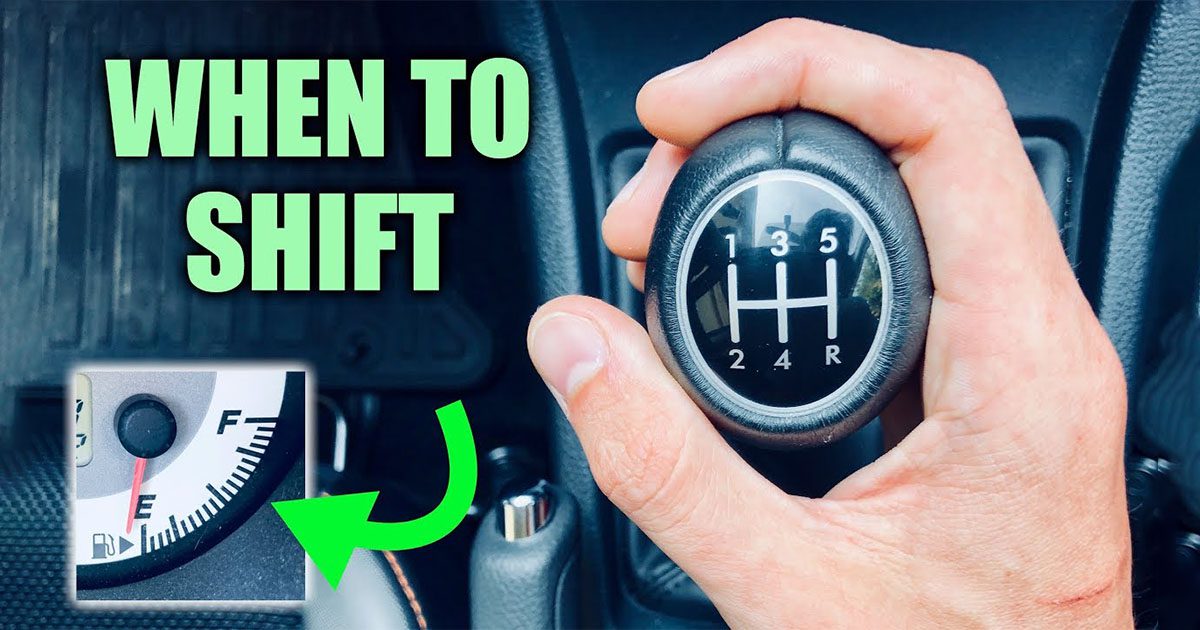
Most likely, you have a fundamental understanding of how to operate a manual transmission vehicle for the best fuel efficiency: Maintain as low RPM as possible. It’s a known fact that increasing engine RPM uses more gas. Easy enough, right? No.
Keeping the revs down is crucial for maximizing fuel economy in a manual-transmission vehicle. However, this is not everything. Jason Fenske from Engineering Explained YouTube channel explained the concept of Brake Specific Fuel Consumption in one of his videos, and I think this is something that every manual driver should understand, especially these days with the skyrocketing gas prices.
What is Brake Specific Fuel Consumption?
An engine’s “Brake Specific Fuel Consumption” (BSFC) is a measure of the engine’s efficiency under varying conditions of load and engine speed.
Simply said, a decrease in engine speed results in decreased fuel consumption because of the reduced amount of friction. An engine running at 6000 RPM has far greater resistance (friction of the pistons rubbing against the cylinder walls, the crankshaft’s bearings friction, and the weight of the valvetrain, water pump, and all other accessories) than an engine running at 2000 RPM.
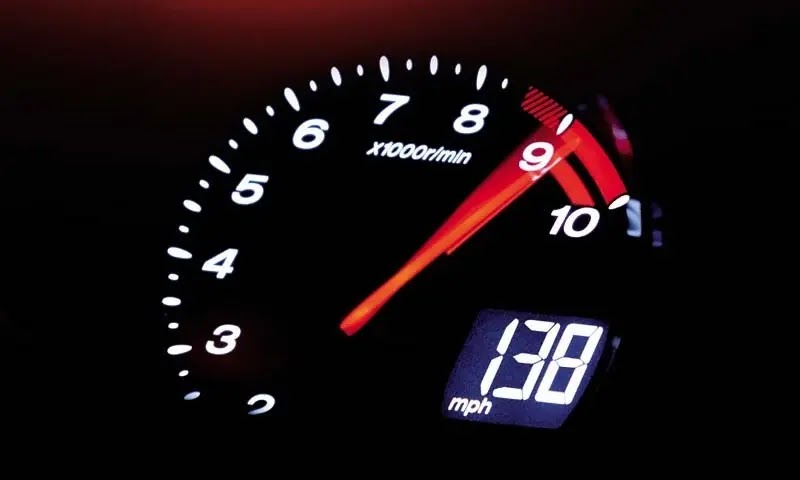
Additionally, increased loads indirectly impact gasoline usage. The relationship between load and throttle position is parallel.
In a light-load condition, you might only use 5% of the throttle when cruising. If the throttle is closed or barely open, the engine needs to work harder to pull in air for combustion.
On the other hand, the engine doesn’t have to work as hard to take in air when the throttle is fully open.
The Sweet Spot
In other words, optimal performance, or the sweet spot, occurs at low RPM and high load. However, there are constraints on this. Too early of a shift might cause the engine to lug as it attempts to propel the vehicle forward at an unusually low RPM.
This is the Brake specific fuel consumption graph that shows exactly where the sweet spot is:
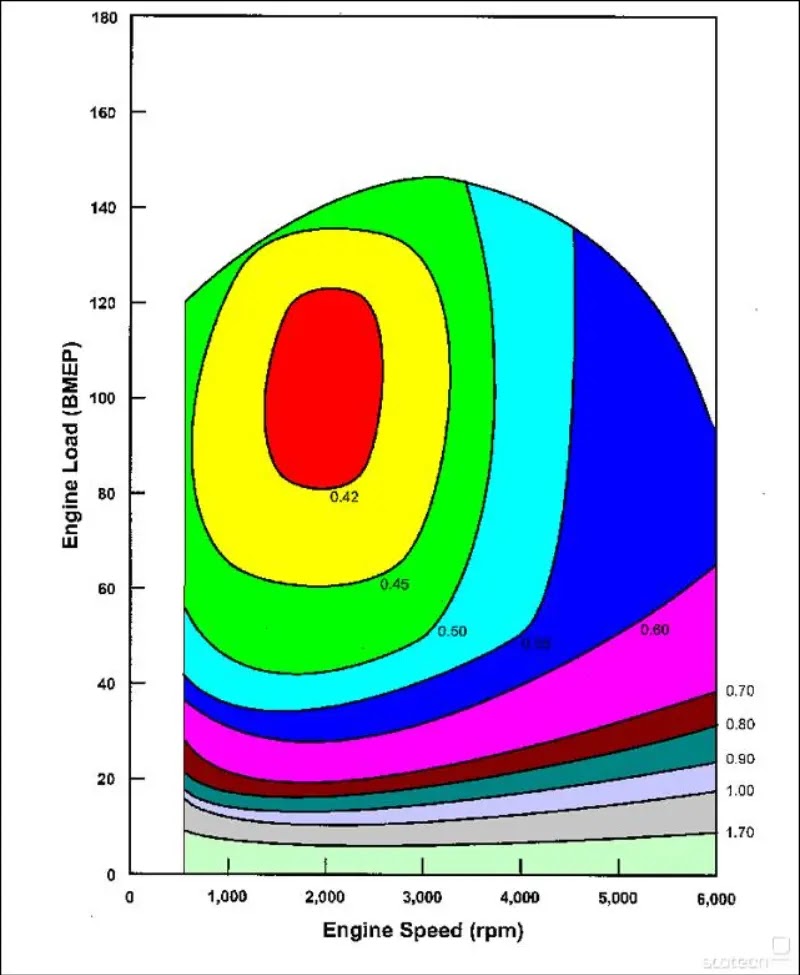
The red zone is the best place to be in and provides the highest fuel efficiency. And as you go down the colors, the efficiency starts to decrease.
Conclusion
It is clear now that you are consuming fuel more efficiently as you decrease your engine’s RPM and increase the load. However, we don’t have that graph with us in the car to know if we are in the right position. For this reason, here is a simple guideline, that, if you follow, you will get the best results.
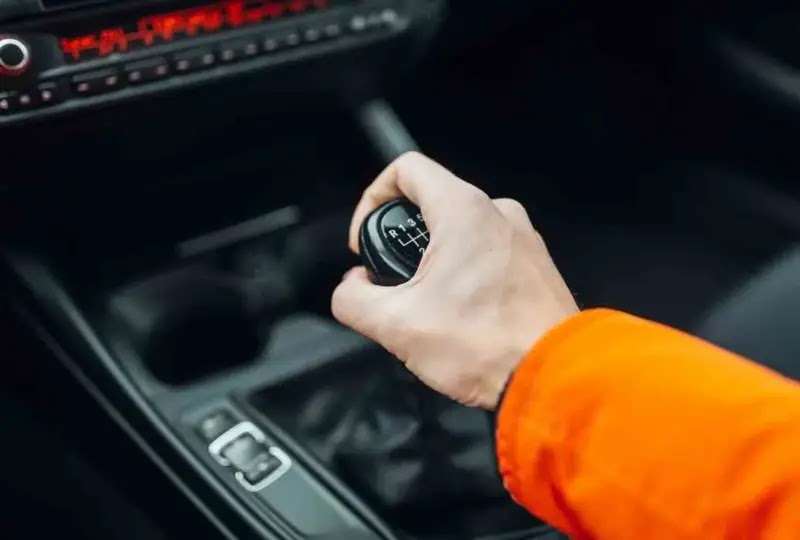
We could say that in order to catch that sweet spot and stay there as much as possible, you should try keeping your RPM between 1500-2000 while cruising. Moreover, when accelerating, you should try to keep your RPM under 3000.
These are the numbers for a V4 engine. And as the number of cylinders increases, you should somehow decrease these numbers.
Jason conducted an experiment in his video, showing the RPM, the load, and the MPG, while driving at about 60 mph on the 2nd gear, 3rd gear, 4th gear, and 5th gear.
You should see this experiment to understand how does this work.

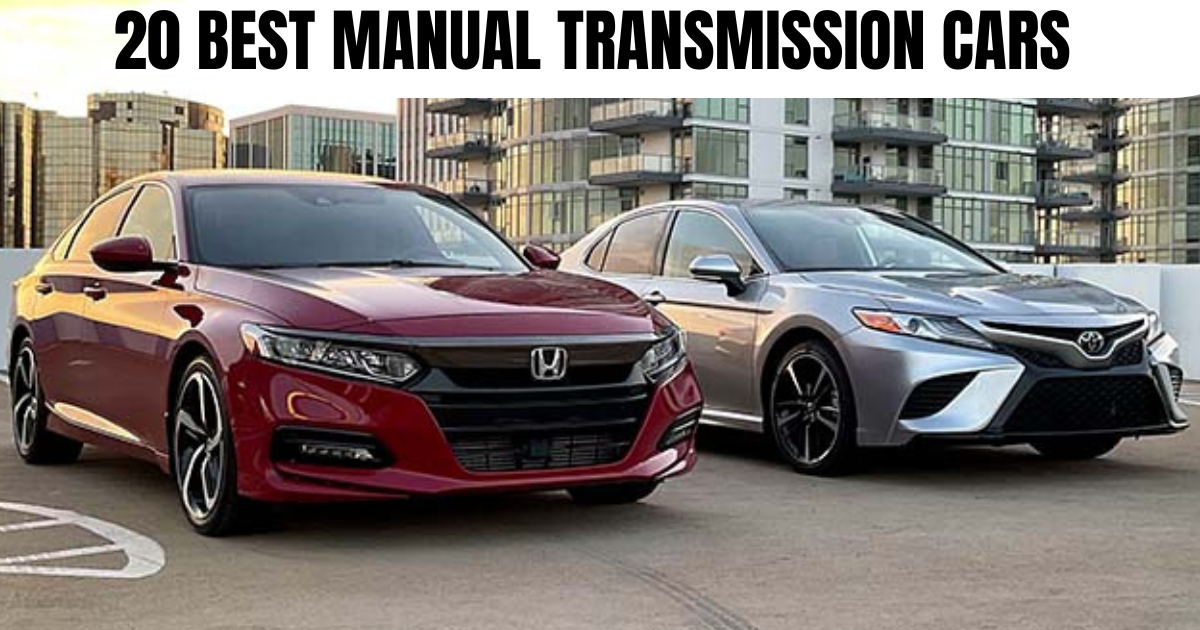
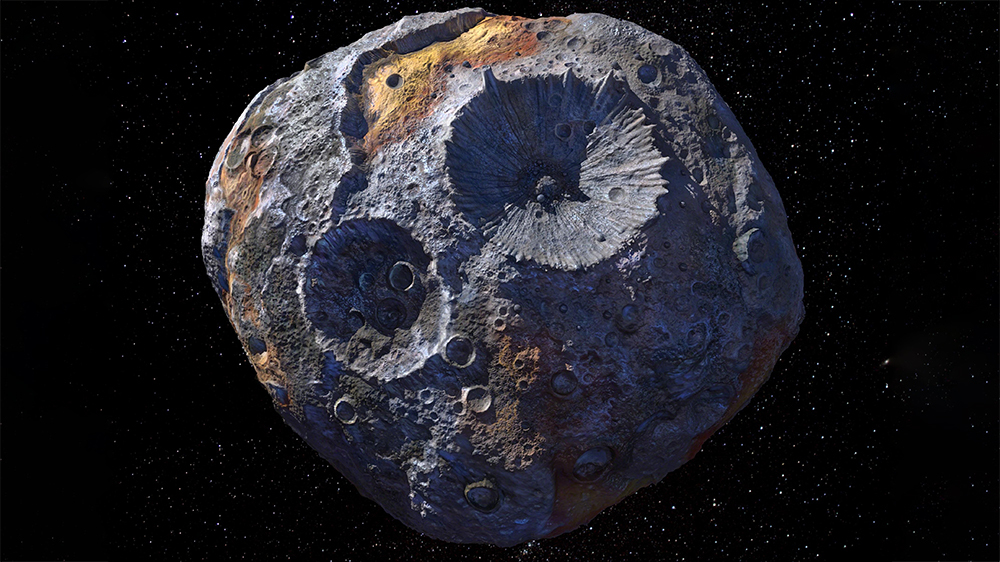
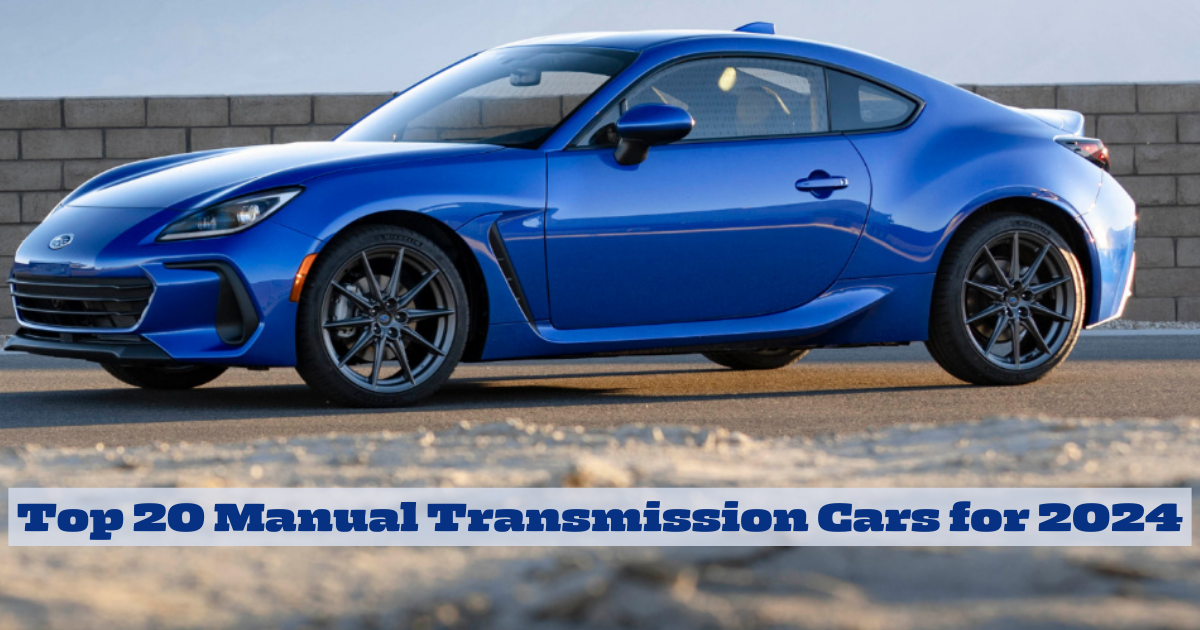
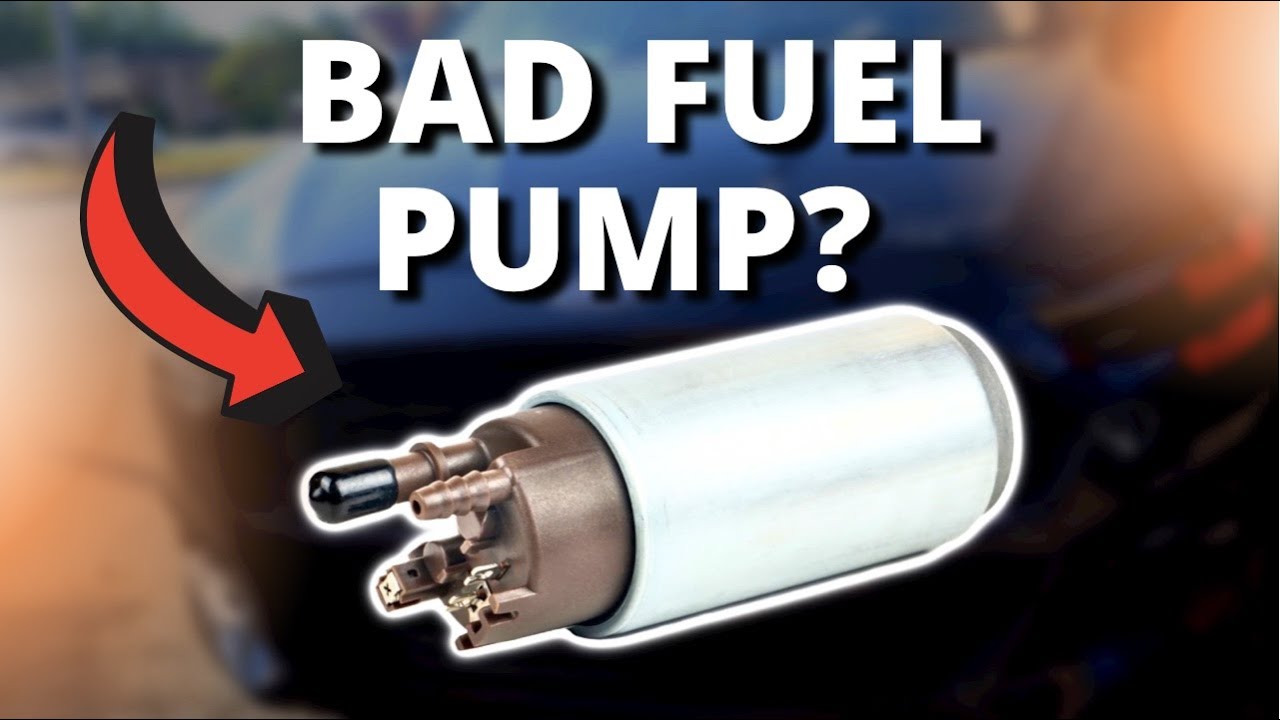
I have a2020 Rav-4. I NEVER use the ‘Drive’ feature of the Auto, but rather the “S” shifter. I drive my engine at 2500+/- 500 RPM. I get the BEST gas milage, I’ve ever got.
I have been driving over 62 years, and this is my 19th.car. I’m also a retired Aircraft Maintenance Engineer.